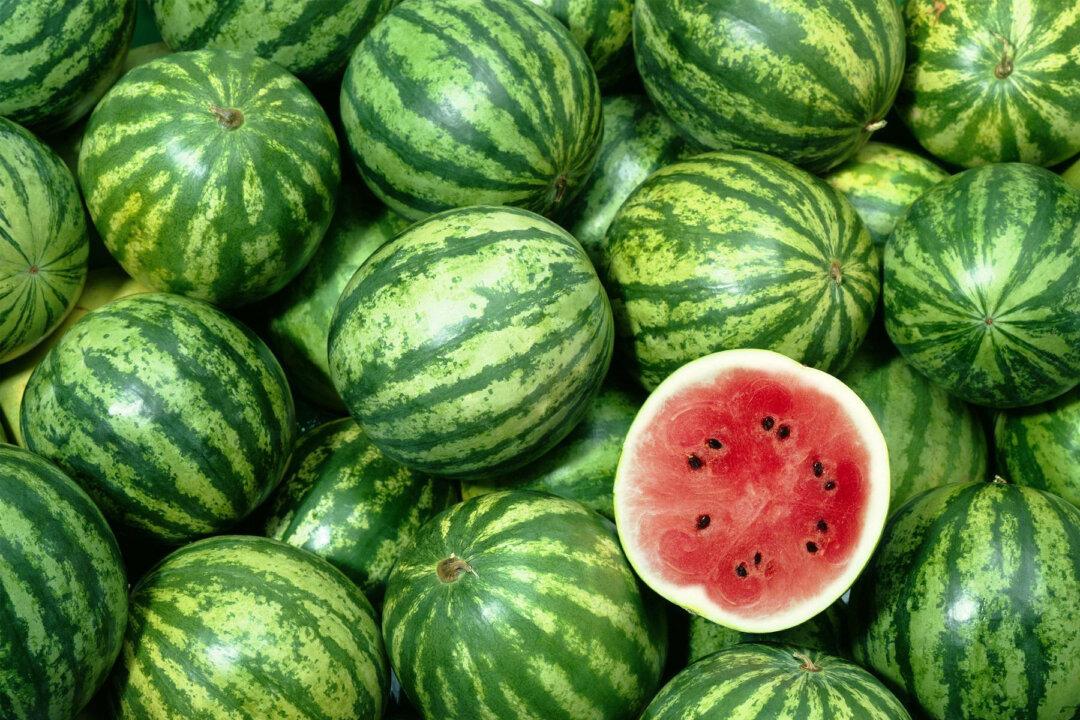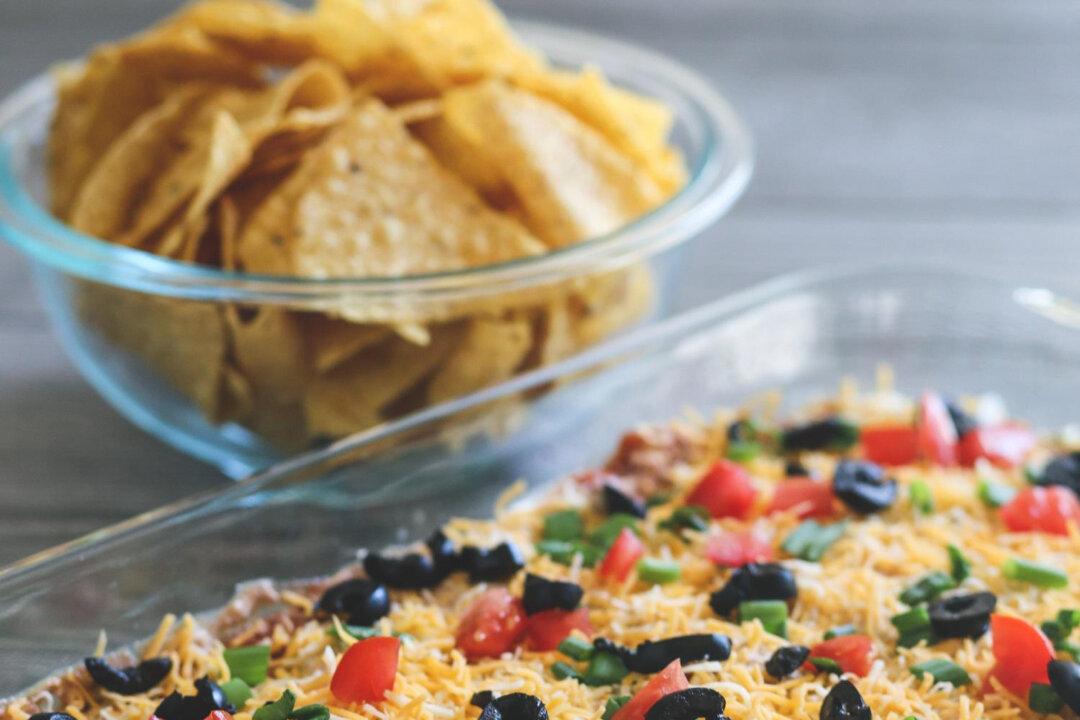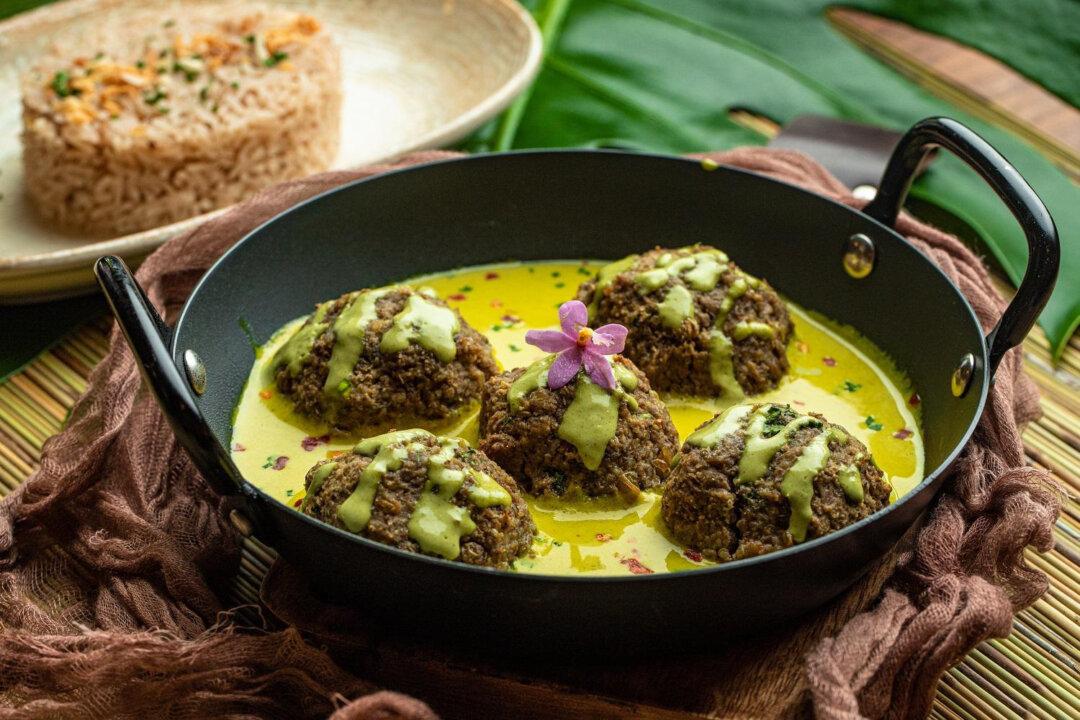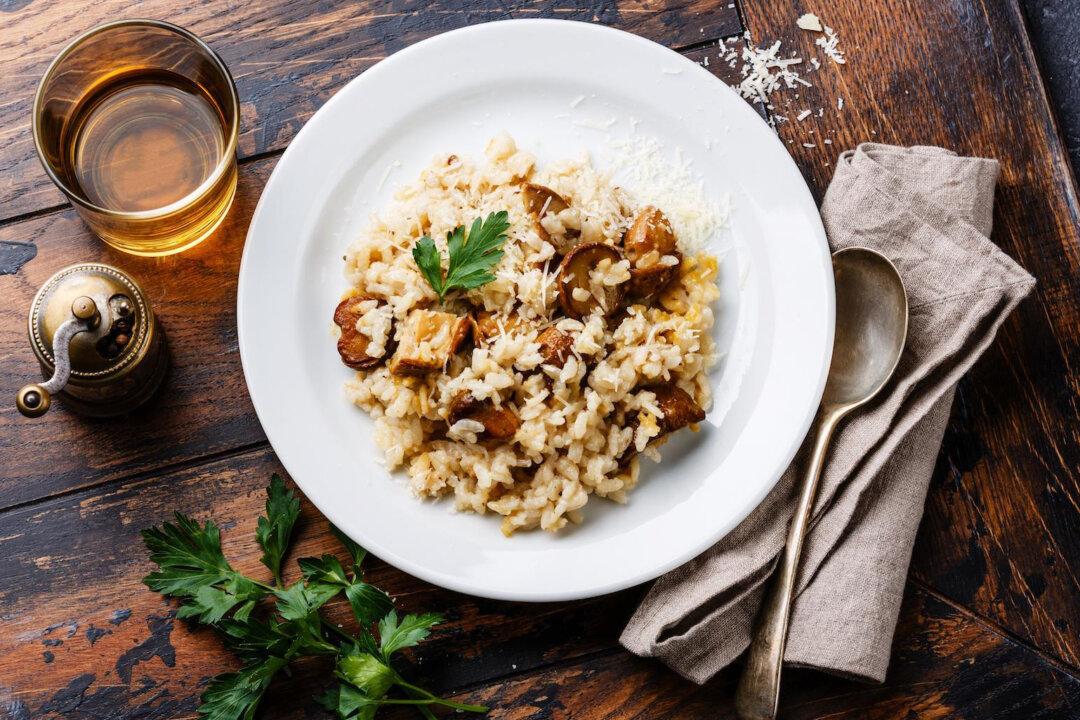Digging face first into a giant slice of watermelon on a hot summer day is one of those essential summertime food experiences. A good ol’ wedge of watermelon — all juicy, sweet and crisp — can be a serious thirst quencher when the sun is high in the sky. Unfortunately, it’s all-too-possible to end up with a less-than-perfect watermelon. But if you shop armed with the knowledge to ensure you buy a perfectly ripe watermelon, you’ll be good as gold.
Never succumb to a subpar piece of watermelon again; instead, browse the fruit section with savvy with these tips:
Buy a Whole Watermelon
Always buy whole fruit rather than cut. First, a whole watermelon will cost less money per pound, saving you precious dollars. Secondly, a full watermelon will last for 7 to 10 days at room temperature, while a cut watermelon will only be good for two days in the refrigerator. If you’re not sure what to do with all that watermelon, consider making grilled watermelon steaks, watermelon salad, watermelon drinks and watermelon salsa.





